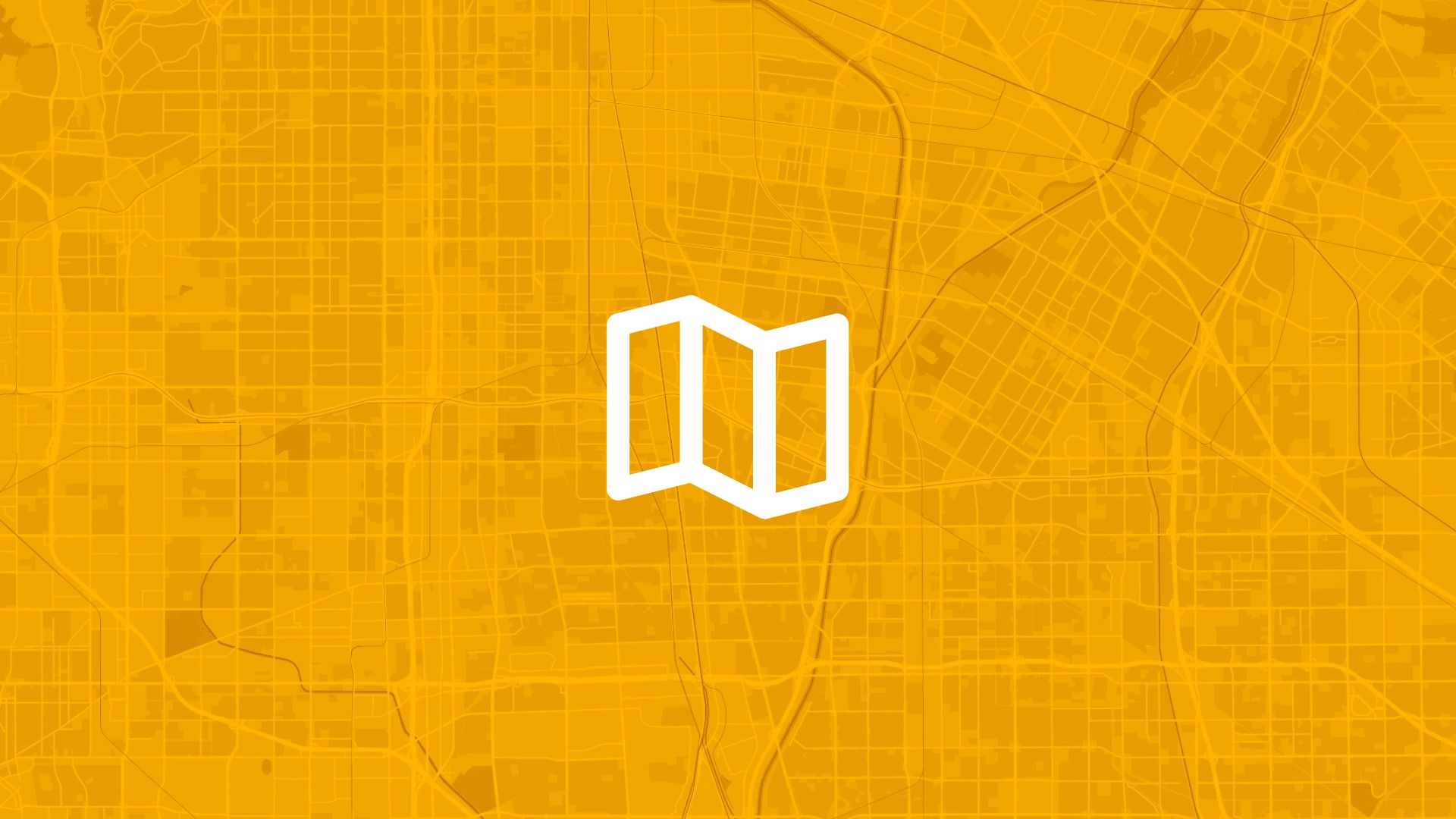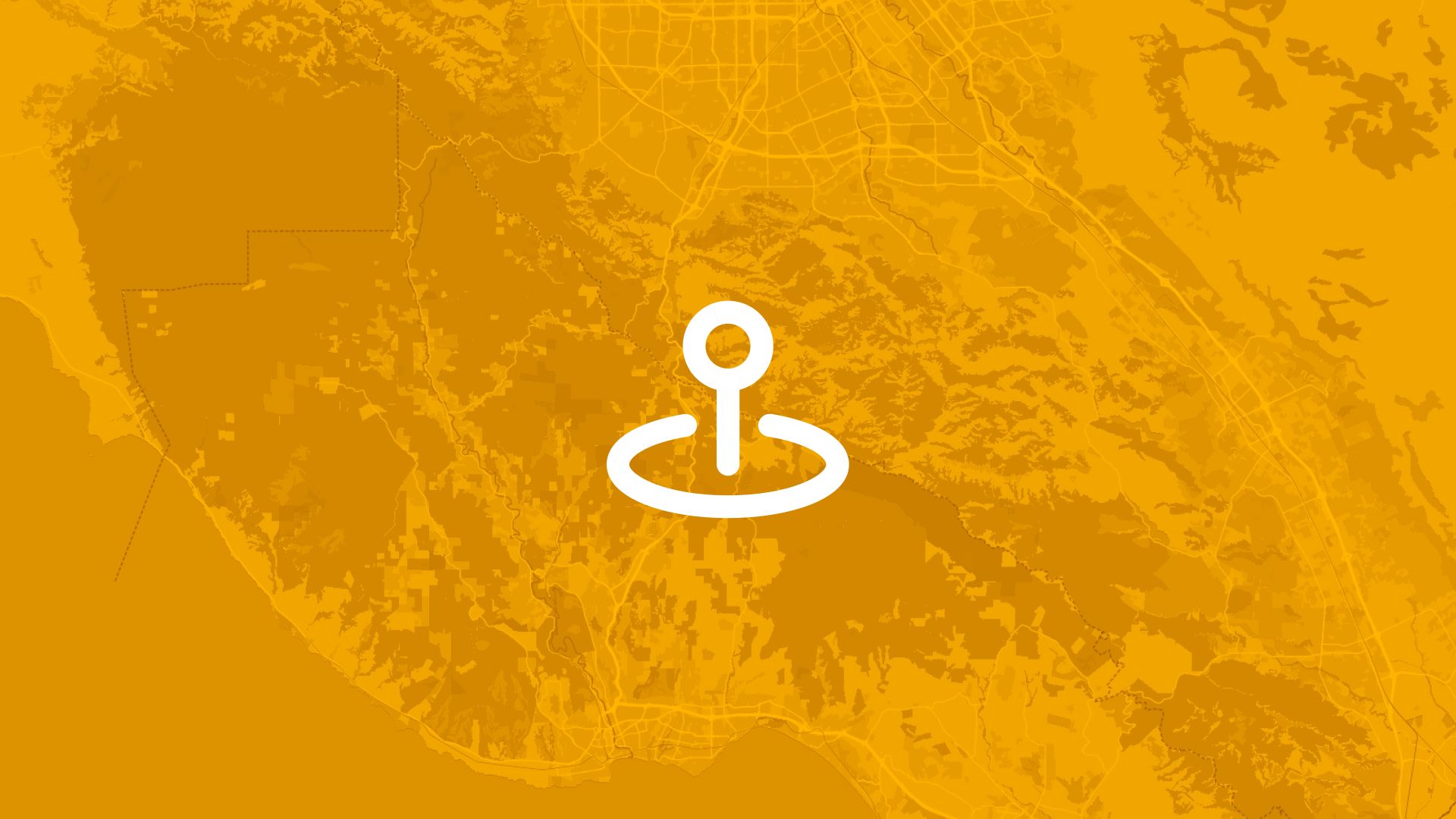Some processes in GIS are just… tedious.
Exporting data. Running calculations. Updating layers. Sending alerts.
You know how it goes:
Open the dataset → run a filter → calculate a value → paste it somewhere else → update another field → repeat tomorrow.
Not anymore.
Today, we're launching Workflows in Atlas.
It’s a no-code tool that lets you automate complex spatial processes — without writing a single line of code.
What is Workflows?
Workflows lets you connect different steps — filters, calculations, updates, notifications — into one seamless flow.
You build it visually. Like a flowchart. But with real results.
Each block does one thing:
- Filter data
- Run a operation
- Update a field
- Send a email
Chain them together to build powerful automations.
Why we built it
We kept seeing the same thing.
Teams were doing great spatial work — but getting slowed down by manual steps.
- Analysts had to manually clean and sync datasets every week
- Field teams needed help flagging anomalies in real time
- Managers wanted alerts when certain thresholds were hit
Some were using Python scripts. Some were copying data into Google Sheets. Some just gave up and did it manually.
We wanted to make automation accessible to everyone — not just the folks who code.
So we built Workflows.
What you can do with it
Example 1: Flag overdue inspections
- Filter trees that haven’t been inspected in 12 months
- Update their “status” field to “Needs inspection”
- Send a Slack message to the operations team
All done automatically. Daily.
Example 2: Monitor water levels
- Filter reservoirs with high inflow and low outflow
- Calculate net water change
- If it crosses a threshold, trigger a warning
- Send a webhook to another system
No one has to stare at dashboards all day.
Example 3: Weekly reporting
- Count the number of new soil samples this week
- Calculate average values
- Email a summary to the agronomy lead
Set it. Forget it. Stay informed.
Built for teams
Workflows isn’t just a personal automation tool.
You can:
- Share workflows with your team
- Run them on a schedule
- Trigger them manually or automatically
- Keep an audit log of what ran, when, and what changed
No-code, but powerful
We kept it simple on the surface. But there’s depth if you need it.
You can:
- Reference values from other steps
- Add conditions and branches
- Use formulas and aggregations
- Loop through datasets
It’s flexible enough for complex use cases — but friendly enough for anyone to use.
How to use it
- Open your Atlas project
- Head to the new Workflows section
- Click New Workflow
- Add your first block — like a filter or calculation
- Keep going — connect steps visually
- Run it
That’s it.
No code. No integrations. No external tools.
Automate the boring stuff
Workflows is here to help your team focus on the work that matters — not the busywork.
It’s available now in every Atlas project.
Build your first one today, and see how much time you get back tomorrow.





